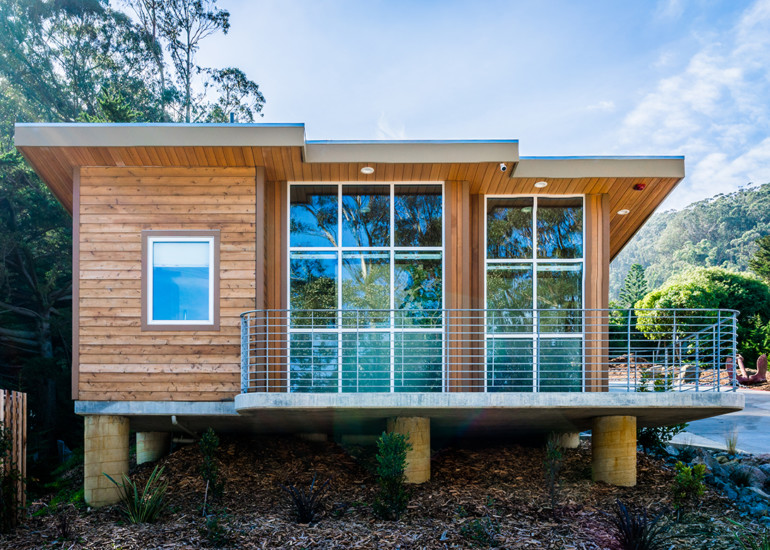
Are you interested in making a positive impact on the environment and reducing your water consumption at home? Look no further. In this article, we will discuss ten practical ways to champion water conservation.
From installing low-flow fixtures and harvesting rainwater to using water-efficient appliances and repairing leaks, these action-oriented tips will empower you to take charge of your water usage and contribute to a sustainable future.
Join us in our mission to conserve water and create a greener world.
Low-Flow Fixtures
One practical way to champion water conservation at home is by installing low-flow fixtures. These eco-friendly fixtures are designed to reduce the amount of water used without compromising functionality. They offer numerous water conservation benefits, making them an excellent choice for environmentally conscious individuals.
Low-flow fixtures, such as low-flow toilets, faucets, and showerheads, are specifically designed to limit water flow while maintaining adequate water pressure. By installing these fixtures, homeowners can significantly decrease their water consumption and reduce their carbon footprint.
Additionally, low-flow fixtures can lead to substantial cost savings on water bills, making them a cost-effective choice in the long run. With their water-saving capabilities and eco-friendly design, low-flow fixtures are an essential component of any water conservation strategy at home.
Rainwater Harvesting
Rainwater harvesting is a sustainable method of collecting and storing rainwater for various household and outdoor uses. It is a practical and effective way to conserve water and reduce reliance on the municipal supply.
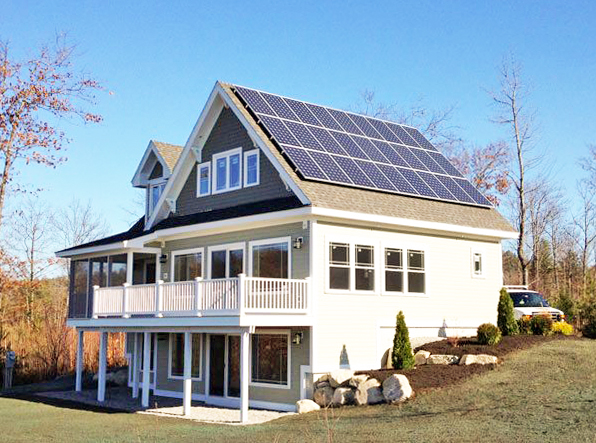
One important aspect of rainwater harvesting is rainwater filtration. Installing a rain barrel is the first step, but it is crucial to ensure that the collected rainwater is filtered before use. This helps remove any debris, contaminants, or pollutants that may be present in the rainwater.
There are various methods of rainwater filtration, including using mesh screens, sediment filters, and UV sterilizers. It is important to choose the right filtration system based on the intended use of the harvested rainwater.
Proper rainwater filtration ensures a clean and safe water supply for activities such as gardening, car washing, and even household chores. So, consider investing in a rainwater filtration system to maximize the benefits of rainwater harvesting.
Water-Efficient Appliances
To promote water conservation at home, consider investing in water-efficient appliances. These appliances are designed to minimize water usage without compromising functionality. By using water-efficient appliances, you can significantly reduce your water consumption and contribute to the conservation efforts.
Here are three water-saving techniques that water-efficient appliances offer:
- Low-flow toilets: These toilets use less water per flush compared to traditional toilets. They incorporate innovative designs and technologies to ensure efficient flushing while conserving water.
- High-efficiency washing machines: These machines use less water and energy while still delivering excellent cleaning results. They often have advanced features such as load sensors and adjustable water levels to optimize water usage.
- Water-saving dishwashers: These dishwashers have specialized cycles and features that reduce water consumption without compromising cleaning performance. They utilize efficient spray patterns and sensors to optimize water usage.
Leak Repairs
When it comes to water conservation at home, it is crucial to address leak repairs promptly. Leaks not only waste water but can also cause damage to your property. To ensure efficient leak detection, regularly check your faucets, toilets, and plumbing system for any signs of leaks, such as dripping or puddles.
If you notice any issues, take immediate action to fix them. Replace faulty parts or hire a professional plumber for more complex repairs.
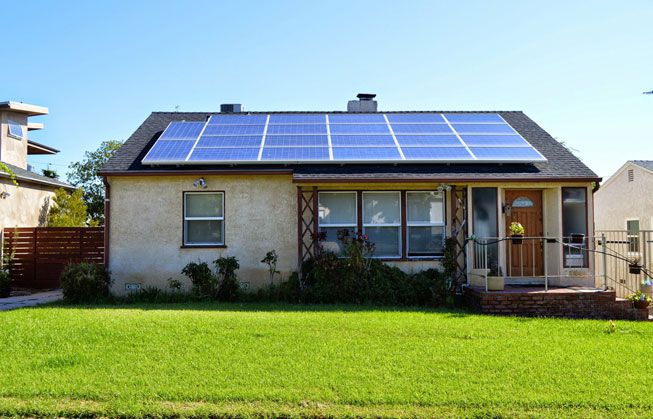
Additionally, consider installing water-saving faucets, which can help reduce water usage by up to 30%. These faucets are designed to limit the flow of water without compromising performance, allowing you to conserve water without sacrificing convenience.
Greywater Recycling
Greywater recycling is an effective way to conserve water at home. By reusing water from sources such as sinks, showers, and laundry, homeowners can reduce their water consumption and contribute to sustainability efforts.
DIY greywater recycling systems can be easily installed, providing an affordable and practical solution for water conservation.
Benefits of Greywater Recycling
One significant advantage of implementing greywater recycling systems at home is the reduction of water wastage. Greywater refers to the water that comes from sources such as showers, bathtubs, and sinks, which can be reused for non-potable purposes like watering plants or flushing toilets. By recycling greywater, homeowners can significantly decrease their water consumption, leading to several benefits:
- Conservation of freshwater resources: Recycling greywater reduces the demand for freshwater, helping to preserve this precious resource for future generations.
- Cost savings: By reusing greywater, homeowners can save money on their water bills, as they rely less on the municipal water supply.
- Environmental sustainability: Greywater recycling promotes sustainable living by minimizing the strain on water treatment facilities and reducing the energy required for water purification.
Implementing greywater recycling systems at home can be done through various DIY options, making it accessible and empowering individuals to actively contribute to water conservation efforts.
DIY Greywater Recycling Systems
To implement DIY greywater recycling systems at home, homeowners can utilize a variety of accessible and cost-effective options.
DIY greywater system installation involves collecting and treating water from sources like bathroom sinks, showers, and washing machines, and reusing it for non-potable purposes such as irrigation or toilet flushing.

One option is to install a simple gravity-based system that diverts greywater from the source to a storage tank or directly to the intended use.
Another option is to use a more complex system that includes filtration and disinfection processes to ensure the water is safe for reuse.
Greywater system maintenance is crucial to ensure the system operates efficiently and effectively. Regular cleaning and inspection of filters and disinfection equipment, as well as monitoring water quality, are essential tasks for homeowners.
Tips for Effective Greywater Recycling
Homeowners can maximize the effectiveness of their greywater recycling system by implementing proper maintenance and monitoring techniques. To ensure efficient greywater recycling, consider the following tips:
- Regularly inspect and clean filters: Clogged filters can reduce the flow of greywater, affecting the performance of the recycling system. Cleaning or replacing filters regularly is crucial to maintain optimal water flow.
- Monitor water usage: Keep track of the amount of greywater being produced and used. By monitoring water usage, homeowners can identify any abnormalities or leaks that may be wasting water.
- Properly maintain plumbing fixtures: Ensure that all plumbing fixtures, such as sinks, showers, and washing machines, are in good working condition. Fixing any leaks or drips promptly will prevent unnecessary water loss.
Implementing these tips will help homeowners maintain and improve their DIY greywater systems, contributing to effective water conservation techniques. By taking proactive measures, homeowners can ensure the longevity and efficiency of their greywater recycling systems while actively reducing water consumption.
Water-Wise Gardening
Implementing water-wise gardening techniques is essential for conserving water at home. Water wise landscaping and the use of drought-tolerant plants are practical and effective ways to reduce water consumption in gardens.
Water wise landscaping involves designing and maintaining landscapes that require minimal water usage. This can be achieved by choosing plants that are well-suited to the local climate and soil conditions, thus reducing the need for excessive watering.
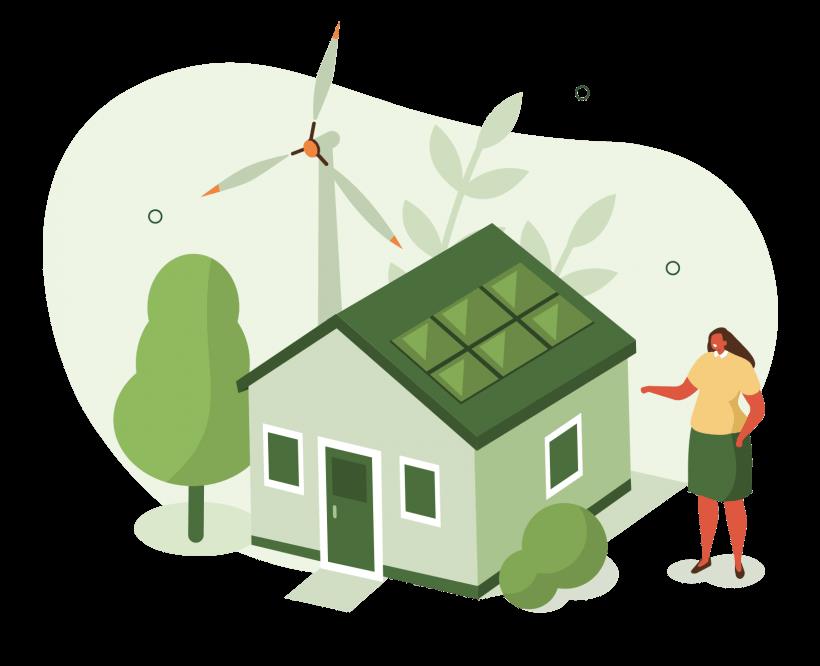
Drought-tolerant plants, such as succulents and native species, have adapted to survive in arid conditions and can thrive with minimal irrigation. Additionally, incorporating mulch in garden beds helps retain moisture in the soil, reducing the need for frequent watering.
Efficient Dishwashing and Laundry
Using an efficient and mindful approach to dishwashing and laundry can significantly contribute to water conservation efforts. Here are some energy-saving tips and water conservation strategies to implement in your daily routine:
- Use the dishwasher efficiently: Only run the dishwasher when it's fully loaded. Scrape food off plates instead of rinsing them before loading, and opt for shorter wash cycles or the eco mode if available.
- Wash clothes with care: Wait until you have a full load before running the washing machine. Use cold water whenever possible, as heating water accounts for a significant portion of energy consumption. Consider using a front-loading machine, as they use less water than top-loading models.
- Invest in efficient appliances: Look for dishwashers and washing machines with high Energy Star ratings. These appliances are designed to use less water and energy, helping you save on utility bills while conserving resources.
Short Showers
To effectively conserve water at home, it is essential to take showers less frequently. Shortening your shower time is one of the most effective water conservation tips and water-saving techniques you can practice. By reducing your shower time, you can significantly decrease the amount of water used. Aim for showers that last no more than five minutes to maximize water savings.
To make it easier to keep track of time, consider setting a timer or using a shower playlist with songs that are about five minutes long. Additionally, consider installing a low-flow showerhead that restricts the flow of water while still providing a satisfying shower experience.
Pool Covers
One effective method of conserving water at home is by using pool covers. Pool covers are essential for pool maintenance as they help reduce water evaporation and save significant amounts of water.
Here are three reasons why pool covers are a valuable addition to any pool owner's arsenal:
- Water conservation: By covering your pool when it's not in use, you can prevent water from evaporating, which can account for a substantial loss of water over time.
- Energy savings: Pool covers also help retain heat, reducing the need for heating systems to work harder and consume more energy.
- Debris prevention: In addition to water conservation and energy savings, pool covers act as a barrier against leaves, dirt, and other debris, minimizing the need for cleaning and maintenance.
Rain Sensors for Irrigation
Rain sensors for irrigation are an essential tool for efficient watering systems. By detecting rainfall, these sensors can automatically adjust the irrigation schedule, saving water and reducing waste.

Installing rain sensors is a practical way to champion water conservation at home, ensuring that your plants receive the necessary moisture while avoiding unnecessary watering.
Efficient Watering With Sensors
By implementing rain sensors for irrigation, homeowners can efficiently conserve water through automated watering systems. Rain sensors are devices that detect rainfall and automatically adjust the watering schedule of a smart irrigation system.
Here are three reasons why rain sensors are essential for efficient watering:
- Water savings: Rain sensors prevent unnecessary watering during rainy periods, saving homeowners gallons of water that would otherwise be wasted.
- Plant health: Overwatering can lead to root rot and other diseases. Rain sensors ensure that plants receive the optimal amount of water, promoting their health and growth.
- Ease of use: With rain sensors, homeowners no longer have to manually adjust their irrigation schedules based on weather forecasts. The sensors do the work automatically, providing convenience and peace of mind.
Saving Water, Reducing Waste
Implementing rain sensors for irrigation is an effective way to save water and reduce waste at home. These sensors are designed to detect rainfall and automatically pause or adjust your irrigation system accordingly. By using rain sensors, you can prevent unnecessary watering during rainy periods, ensuring that your plants receive the right amount of water without wasting any. This not only helps conserve water but also saves you money on your water bills.
To further enhance your water saving habits, consider implementing other water conservation tips such as fixing any leaks, installing low-flow fixtures, and using water-efficient appliances. By adopting these practices, you can make a significant impact on water conservation, reducing waste, and promoting a sustainable lifestyle.
Frequently Asked Questions
What Are Some Common Signs of Water Leaks in a Home and How Can They Be Identified?
Common signs of water leaks in a home include water stains, musty odors, and increased water bills. These leaks can be identified by conducting visual inspections, checking water meter readings, and using leak detection equipment.
Are There Any Financial Incentives or Rebates Available for Installing Water-Efficient Appliances?
There are financial incentives and rebates available for installing water-efficient appliances. These incentives aim to encourage individuals to adopt water-saving practices and technologies, promoting sustainability and reducing water consumption in households.
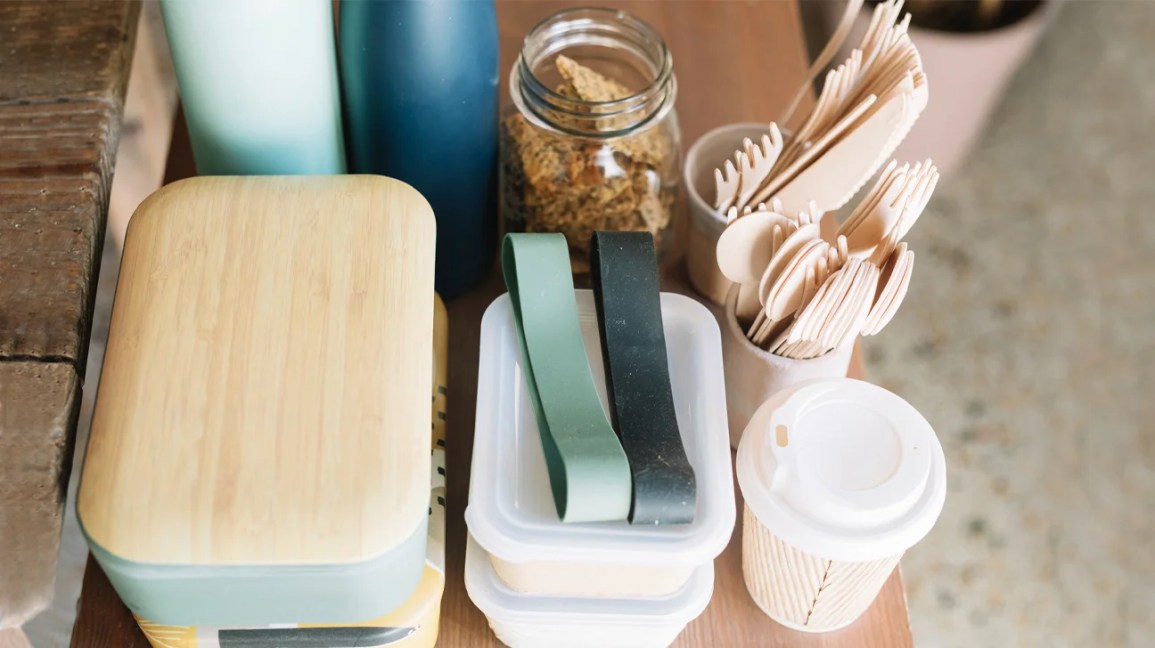
How Can I Calculate the Amount of Water Saved by Using Low-Flow Fixtures?
To accurately calculate the amount of water saved by using low-flow fixtures, it is necessary to consider factors such as flow rate, usage frequency, and duration. Understanding the benefits of low flow fixtures can help inform conservation efforts at home.
What Are Some Practical Tips for Maintaining a Water-Wise Garden During Dry Periods?
Water wise gardening techniques and best practices for watering plants during drought are essential for maintaining a healthy garden during dry periods. These strategies ensure optimal water usage, promote plant resilience, and contribute to water conservation efforts.
Can Rainwater Harvesting Systems Be Installed in All Types of Homes, or Are There Any Restrictions or Limitations?
Rainwater harvesting systems can be installed in various types of homes, but there may be some restrictions or limitations depending on local regulations and the physical characteristics of the property. However, the benefits of such systems include water conservation and reduced reliance on external water sources.
 Family Craft ProjectsHome ImprovementCooking and BakingReuse and RecycleDIY GiftsEco-Friendly ProjectsDIY Home SolutionsSeasonal ActivitiesFun and GamesLearn TogetherPrivacy PolicyTerms And Conditions
Family Craft ProjectsHome ImprovementCooking and BakingReuse and RecycleDIY GiftsEco-Friendly ProjectsDIY Home SolutionsSeasonal ActivitiesFun and GamesLearn TogetherPrivacy PolicyTerms And Conditions

 Family Craft ProjectsHome ImprovementCooking and BakingReuse and RecycleDIY GiftsEco-Friendly ProjectsDIY Home SolutionsSeasonal ActivitiesFun and GamesLearn TogetherPrivacy PolicyTerms And Conditions
Family Craft ProjectsHome ImprovementCooking and BakingReuse and RecycleDIY GiftsEco-Friendly ProjectsDIY Home SolutionsSeasonal ActivitiesFun and GamesLearn TogetherPrivacy PolicyTerms And Conditions
